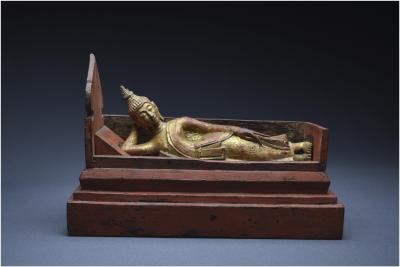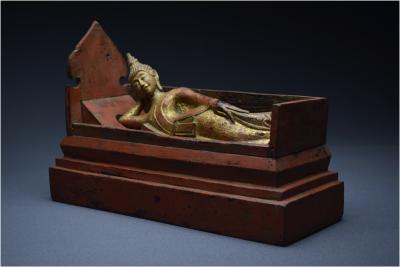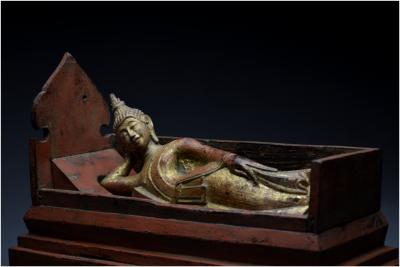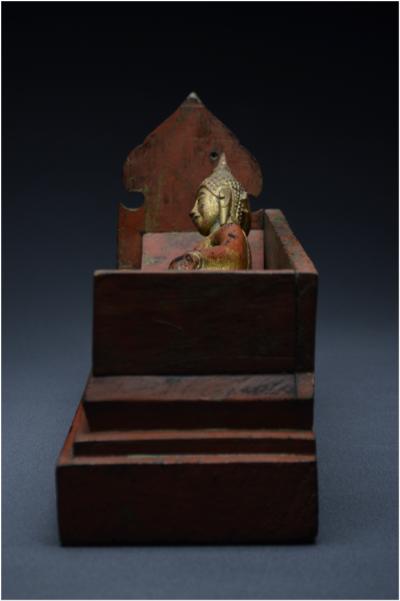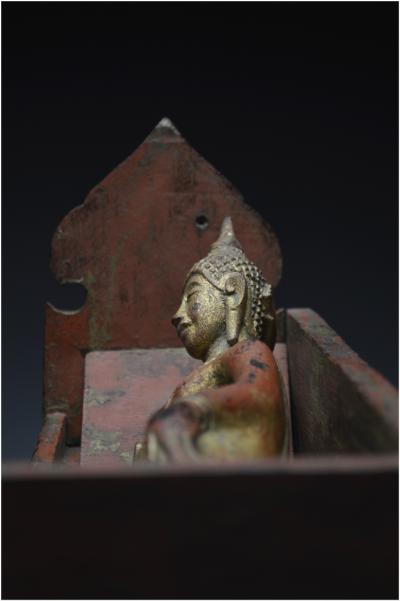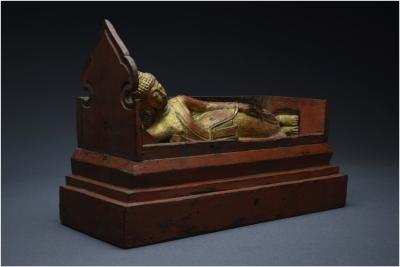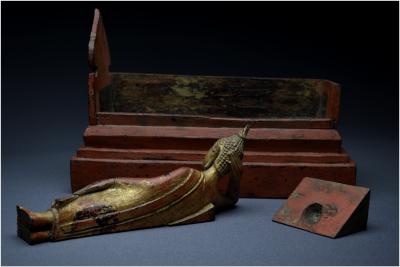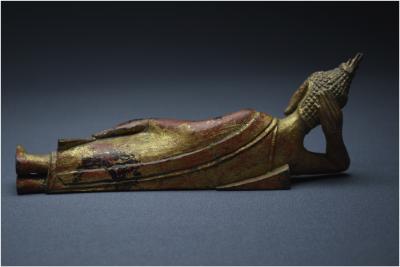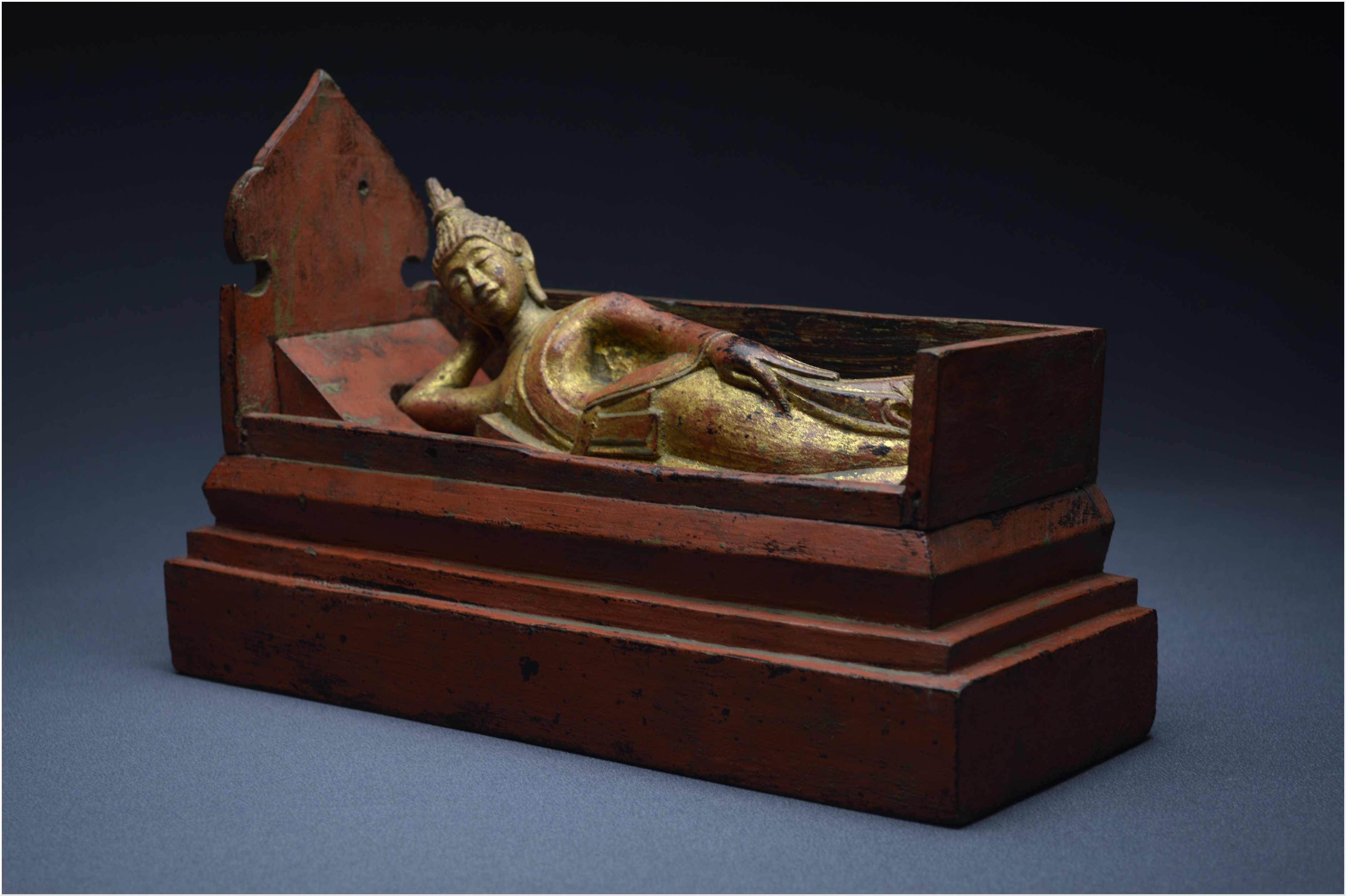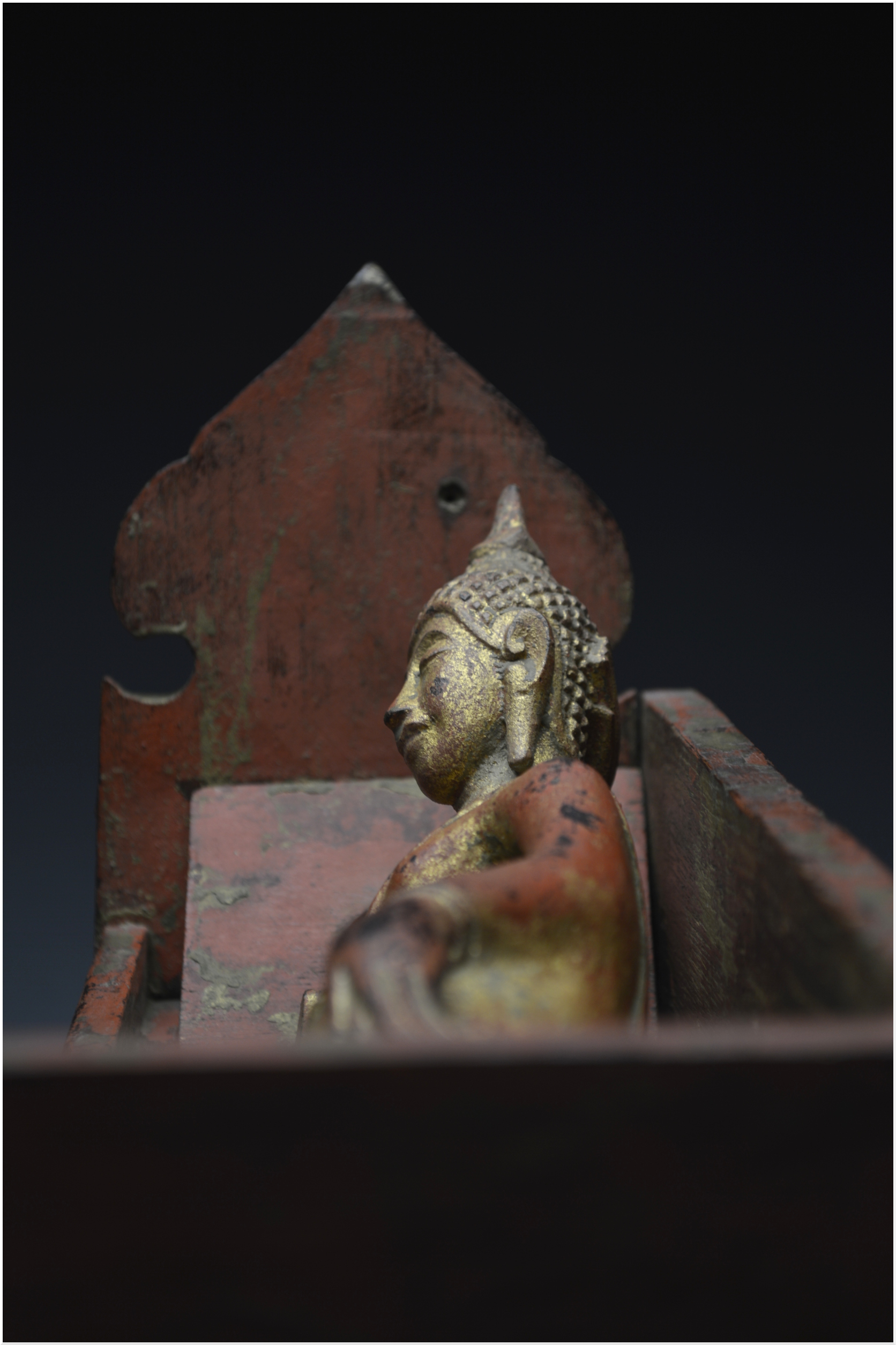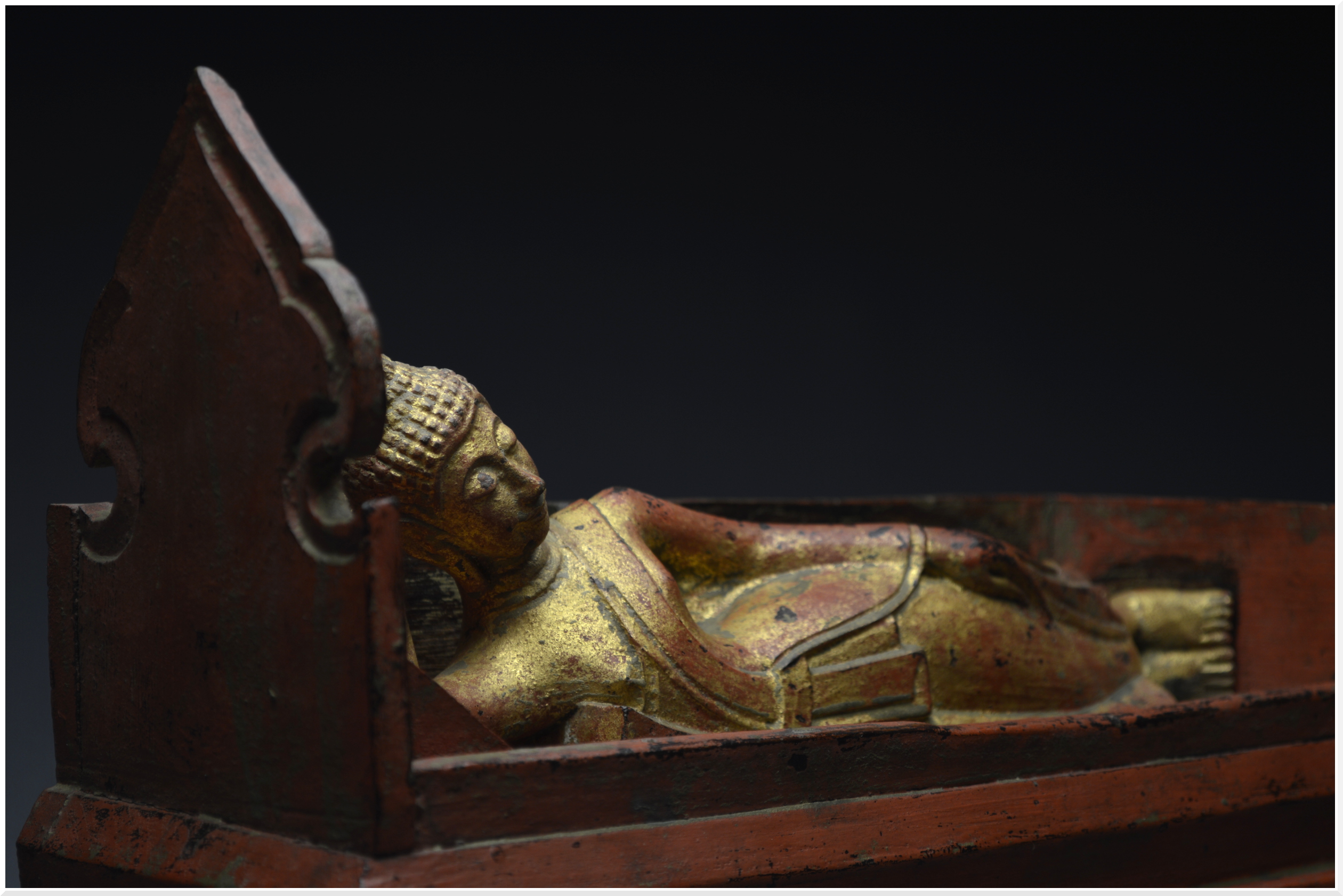Retour
Vedi l'intero catalogo
-
-
- Alexander Calder(21)
- André Derain(87)
- Andy Warhol(28)
- Antoni Tapiès(23)
- Arman(24)
- Aurélie Nemours(2)
- Bengt Lindström(25)
- Bernard Buffet(195)
- César(9)
- Charles Eames(1)
- Charlotte Perriand(17)
- Claude Weisbuch(34)
- Corneille van Beverloo(15)
- Eduardo Chillida(18)
- François Morellet(1)
- Georges Braque(93)
- Gustav Klimt(11)
- Hans Bellmer(19)
- Hans Hartung(18)
- Henri Matisse(165)
- Hervé Télémaque(4)
- Jacques Villeglé(7)
- Jean Cocteau(206)
- Jean Hélion(12)
- Jean Miotte(12)
- Jean Picart Le Doux(6)
- Joan Miro(124)
- Karel Appel(1)
- Keith Haring(28)
- Ladislas Kijno(2)
- Léonard Tsugouharu Foujita(47)
- Leonor Fini(95)
- Louis Toffoli(15)
- Marc Chagall(369)
- Marie Laurencin(45)
- Maurice de Vlaminck(85)
- Maurice Utrillo(21)
- Max Ernst(39)
- Mimmo Rotella(4)
- Niki de Saint Phalle(6)
- Pablo Picasso(377)
- Peter Klasen(8)
- Philippe Pasqua(2)
- Pierre Alechinsky(23)
- Pierre Soulages(33)
- Pierre Tal-Coat(2)
- Pierre-Yves Trémois(38)
- Raoul Dufy(53)
- Robert Combas(6)
- Salvador Dali(471)
- Théo Tobiasse(5)
- Tony Soulié(13)
- Valério Adami(34)
- Yves Brayer(41)
- Zao Wou-Ki(14)
I migliori artisti -
Retour
Vedi l'intero catalogo
-
-
- Alexander Calder(21)
- André Derain(87)
- Andy Warhol(28)
- Antoni Tapiès(23)
- Arman(24)
- Aurélie Nemours(2)
- Bengt Lindström(25)
- Bernard Buffet(195)
- César(9)
- Charles Eames(1)
- Charlotte Perriand(17)
- Claude Weisbuch(34)
- Corneille van Beverloo(15)
- Eduardo Chillida(18)
- François Morellet(1)
- Georges Braque(93)
- Gustav Klimt(11)
- Hans Bellmer(19)
- Hans Hartung(18)
- Henri Matisse(165)
- Hervé Télémaque(4)
- Jacques Villeglé(7)
- Jean Cocteau(206)
- Jean Hélion(12)
- Jean Miotte(12)
- Jean Picart Le Doux(6)
- Joan Miro(124)
- Karel Appel(1)
- Keith Haring(28)
- Ladislas Kijno(2)
- Léonard Tsugouharu Foujita(47)
- Leonor Fini(95)
- Louis Toffoli(15)
- Marc Chagall(369)
- Marie Laurencin(45)
- Maurice de Vlaminck(85)
- Maurice Utrillo(21)
- Max Ernst(39)
- Mimmo Rotella(4)
- Niki de Saint Phalle(6)
- Pablo Picasso(377)
- Peter Klasen(8)
- Philippe Pasqua(2)
- Pierre Alechinsky(23)
- Pierre Soulages(33)
- Pierre Tal-Coat(2)
- Pierre-Yves Trémois(38)
- Raoul Dufy(53)
- Robert Combas(6)
- Salvador Dali(471)
- Théo Tobiasse(5)
- Tony Soulié(13)
- Valério Adami(34)
- Yves Brayer(41)
- Zao Wou-Ki(14)
I migliori artisti -
Creare un account
Home CatalogoArte AsiaticaAntico Regno del Siam, XIX secolo, Rappresentazione di Buddha sdraiato in legno laccato e dorato
Antico Regno del Siam, XIX secolo, Rappresentazione di Buddha sdraiato in legno laccato e dorato
Antico Regno del Siam 19esimo secolo Buddha sdraiato Legno laccato e dorato 29,7 x 19,6 cm nel complesso Usura normale Collezione privata europea Il Buddha è rappresentato nella posizione di Parinirvâna, disteso sul fianco destro, il gomito piegato appoggiato su un cuscino, il braccio sinistro appoggiato sul corpo, la testa delicatamente appoggiata sulla mano destra. È vestito con sangathi e uttarasangha posti sul corpo lasciando scoperta la spalla destra, una sezione del tessuto posta sulla spalla sinistra si estende fino a metà coscia. I due piedi sono uniti, le mani hanno dita lunghe e sottili. Il volto è di grande pienezza ed è caratterizzato da ampie arcate sopracciliari semicircolari che si incontrano alla base del naso, quest’ultimo incorniciato da grandi occhi socchiusi a mandorla, la bocca dalle labbra sottili che abbozzano un sorriso discreto. Il cranio ricoperto da una moltitudine di piccole punte è sormontato dall’ushnisha (protuberanza cranica) da cui scaturisce un alto ornamento fiammato (rasmi), grandi orecchie con lobi dilatati. Nella tradizione buddista, Parinirvana è la designazione del Nirvana completo, ciò che porta alla totale liberazione dal ciclo di morti e rinascite nonché alla dissoluzione di tutti gli aggregati mentali (forma, sentimento, percezione, fabbricazioni mentali e coscienza). Per il Buddha storico (Siddharta Gautama), il Parinirvâna avvenne a Kushinagar nell’attuale stato dell’Uttar Pradesh in India. °°° Da notare che l’insieme presenta una tonalità più chiara rispetto a quanto suggerisce l’elaborazione digitale dell’immagine °°°
Dimensione :
- Altezza : 19.6 cm cm
- Larghezza : 29.7 cm cm
Dimensione :
- Altezza : 19.6 cm cm
- Larghezza : 29.7 cm cm
Questa descrizione è stata tradotta automaticamente. Clicca qui per vedere la versione originale EN
Ancient Kingdom of Siam 19th century Reclining Buddha Lacquered and gilded wood 29.7 x 19.6 cm for the set Wear and tear European private collection The Buddha is represented in the position of Parinirvana, lying on his right side, his elbow bent and supported by a cushion, his left arm resting on his body, his head delicately placed on his right hand. He is dressed in the sangathi and the uttarasangha pressed against his body, leaving his right shoulder uncovered, a piece of cloth placed on his left shoulder extending to mid-thigh. His two feet are joined, his hands showing long, slender fingers. The face is very full and is characterized by wide semi-circular eyebrows meeting at the base of the nose, the latter framed by large, half-closed almond-shaped eyes, the mouth with thin lips sketching a discreet smile. The skull covered with a multitude of small spikes is topped by the ushnisha (cranial protuberance) from which springs a high flamed ornament (rasmi), large ears with distended lobes. In the Buddhist tradition, Parinirvana is the designation of complete Nirvana, that which leads to total liberation from the cycle of death and rebirth as well as the dissolution of all mental aggregates (form, feeling, perception, mental fabrications and consciousness). For the historical Buddha (Siddhartha Gautama), Parinirvana occurred at Kushinagar in the present-day state of Uttar Pradesh in India. °°° Note that the whole has a lighter tint than the digital processing of the image suggests °°°
-
Crea un avviso
Crea un avviso
Crea gli avvisi gratuiti per ricevere le notifiche quando un lotto simile verrà messo in vendita.
Venduto
"Questo lotto non è disponibile. Clicca su ""Vedi il catalogo"" per vedere lotti simili in vendita."
Hotline
Non esitate a chiamarci per qualsiasi richiesta
Altri articoli nella categoria « Sculture »
Ti potrebbe piacere anche
Fai una domanda
